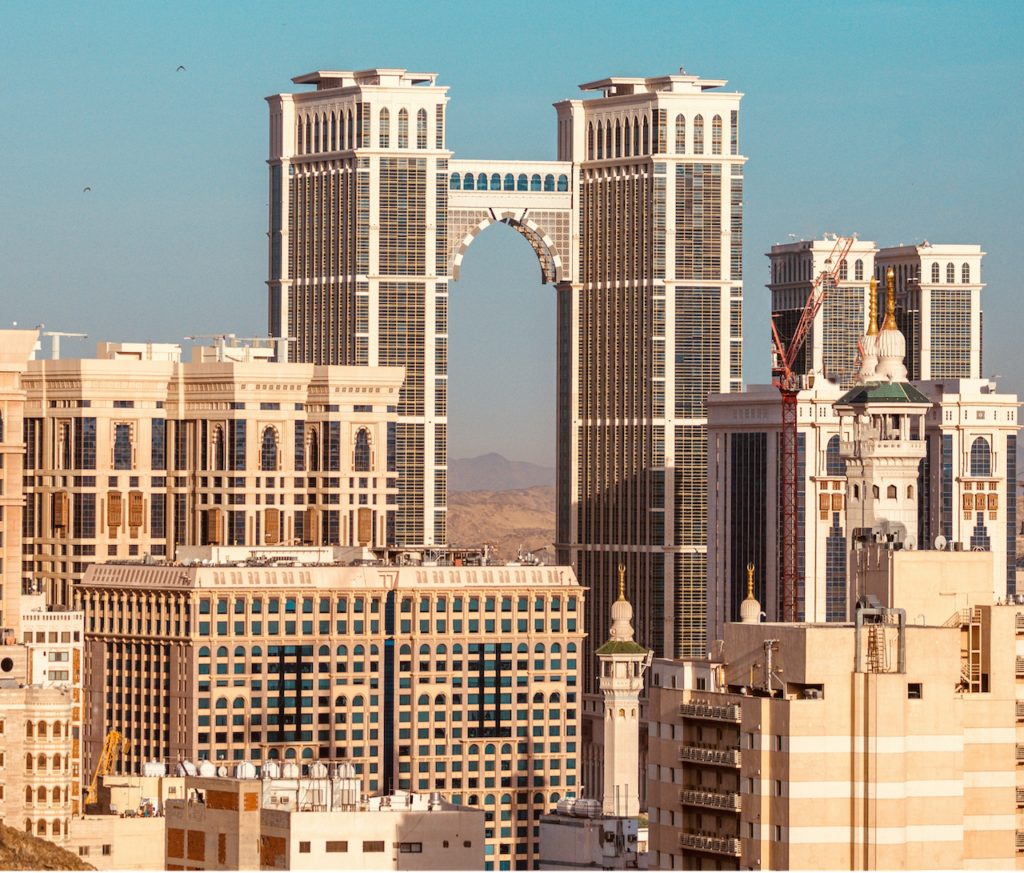

A trip to Saudi Arabia presents a rare opportunity to visit a land steeped in culture and history. It has some of the world’s most breathtaking landscapes, and being the birthplace of Islam, it is home to some of the most sacred sites in the world. Saudi Arabia is an interesting mix of ancient traditions and modern advancements that captivates anyone who visits.
Whether you want to seek spirituality in Mecca and Medina or cross the vast desert plains and dramatic coastlines of Saudi Arabia, this guide is your key to navigating your way to this great kingdom. Find out about the travel essentials, iconic places to visit, and everything else you need to know when planning a trip to this incredible country in the Middle East.

Before embarking on a trip to Saudi Arabia, ensure your passport is valid. Check the expiry date, as it should remain valid for at least six months beyond your intended stay. If it’s about to expire, you should get your passport renewed as soon as you can. Otherwise, you won’t be allowed entry into Saudi Arabia.
Aside from the passport, the visa is another essential document for most foreign visitors heading to Saudi Arabia. Depending on your purpose of visit, you can apply for a tourist visa, business visa, or pilgrimage visa. Many nationalities can also avail of the Saudi eVisa, where you can apply for your visa online. But for others who don’t qualify for the eVisa, you may have to lodge your visa application at the Saudi consulate or embassy near you.


What is the best time to visit Saudi Arabia?
The best time to visit Saudi Arabia is during the colder months, from October through March. Temperatures are mild, which is perfect for outdoor activities and sightseeing. The winter months, especially December and January are also a great time to be in Saudi. Thanks to the good weather, you can freely explore major attractions without any discomfort. Avoid visiting in the summer season since temperatures can go above 100°F (38°C) degrees which will be extremely uncomfortable for outdoor excursions.
How do I get around Saudi Arabia?
Traveling around Saudi Arabia is relatively easy owing to the country’s well-developed infrastructure. Taxi rides are easily available in major cities like Riyadh and Jeddah, and you can also use ride-hailing applications like Careem or Uber. For longer trips, consider taking domestic flights. You can travel by train from Jeddah to Mecca and Medina on the Haramain High-Speed Railway. Car rental is also a popular method of getting around the country. It’s convenient and gives you the freedom to visit remote areas.
Is Saudi Arabia a safe country to visit?
Saudi Arabia is quite a safe country to travel to. The government puts security at the top of its list, especially in larger cities and tourist areas, where a constantly visible police force helps ensure the safety of locals and visitors. Violent crime occurrences are almost unheard of. Still, respect for local customs and other legislation is crucial since cultural norms can be quite different from those in Western countries. Foreign travelers should be aware of regional developments and should adhere to the warnings given by their local governments.